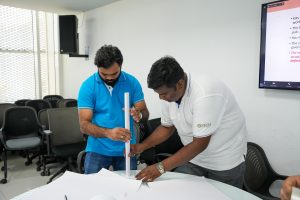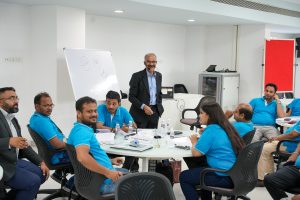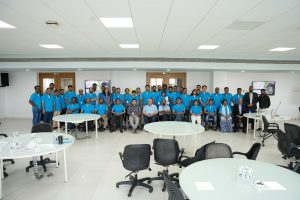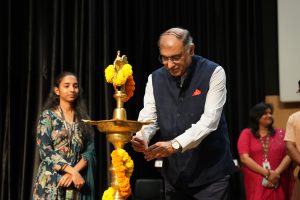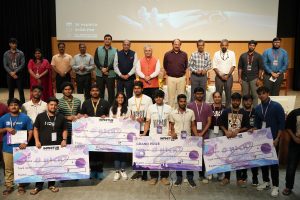Igniting Entrepreneurial Sparks: Varsity Hosts Entrepreneurship Bootcamp 1.0 for Young Innovators
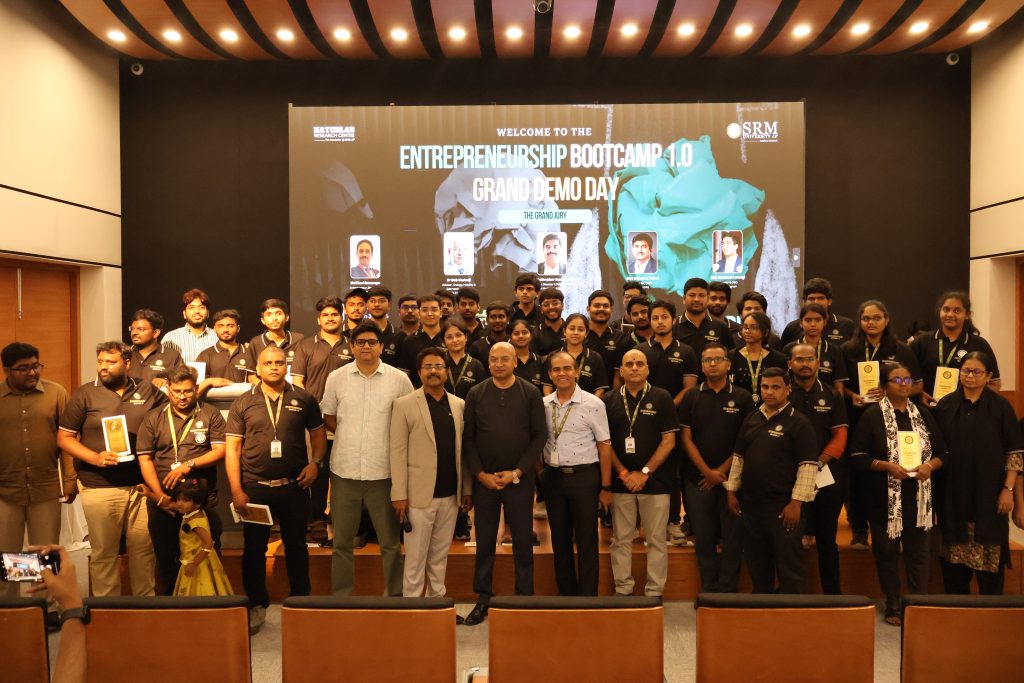
The Entrepreneurship Bootcamp 1.0 Demo Day, hosted by the Directorate of Entrepreneurship and Innovation at SRM University-AP on March 31, 2024, marked a fitting culmination of rigorous entrepreneurship training for aspiring student and faculty entrepreneurs. Dynamic pitches were presented by participants through the demonstration of their innovative ideas, astute business models and go-to-market strategies, complemented by sharp & insightful feedback from global investors and world-class mentors. The elite panel of industry mentors included Srikanth Talluri, Founder and CMD of 6D.Works, Rathnakar Samavedam, Investment Director & CEO Hyderabad Angels, Deb Mukherji, Chief Advisor-Anglian Omega Group – India, Siddharth Dangi, Founder & CEO at Mentogram, Singapore, Ravi Eswarapu, President of TIE, CXO turned Entrepreneur and Dr Dhiraj K Mahajan, Associate Professor, Department of Mechanical Engineering, IIT Ropar along with Prof. Manoj K Arora, Vice Chancellor of SRM AP.
The Entrepreneurship Boot Camp 1.0 at SRM AP was a comprehensive 6-week cohort featuring 8 interactive sessions carefully curated for a dedicated pool of 60+ selected participants, who immersed themselves in an intensive boot camp guided by Prof. Sidharth Tripathy, a Harvard Alumnus and a Director of Entrepreneurship and Innovation at SRM AP.
Participants navigated the intricacies of ideation, business development, and strategic planning as the curriculum featured world-class case studies, practical implementation roadmaps, and real-time engagements with industry and business mentors of international calibre. From a competitive pool of 180 applicants, a rigorous selection process resulted in the acceptance of only 60 candidates. Further refinement led to the identification of 16 standout ventures. Ultimately, a select group of 10 ventures was chosen to receive a grant of Rs 50,000 each, thereby empowering them to incubate, accelerate, and build their ventures in Hatch Lab Research Centre, the incubator of SRM AP.
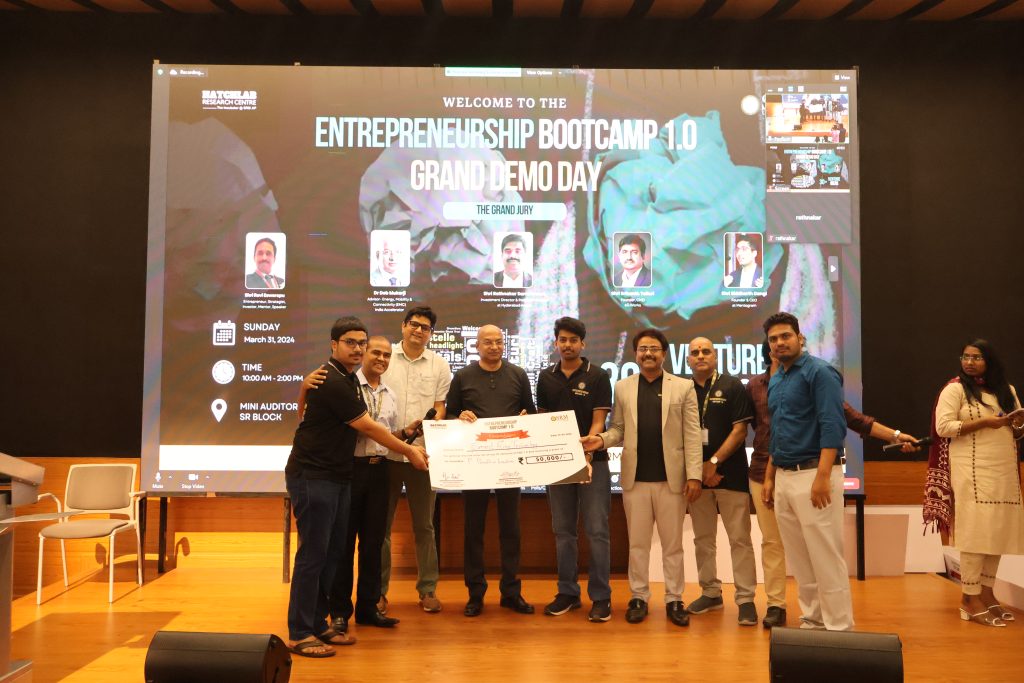
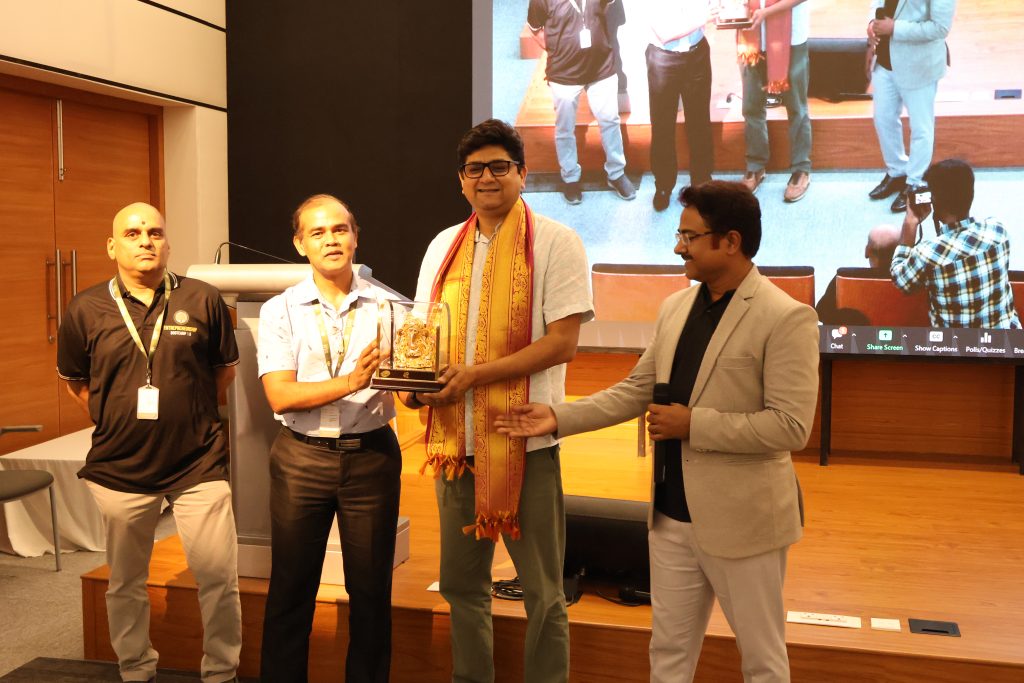
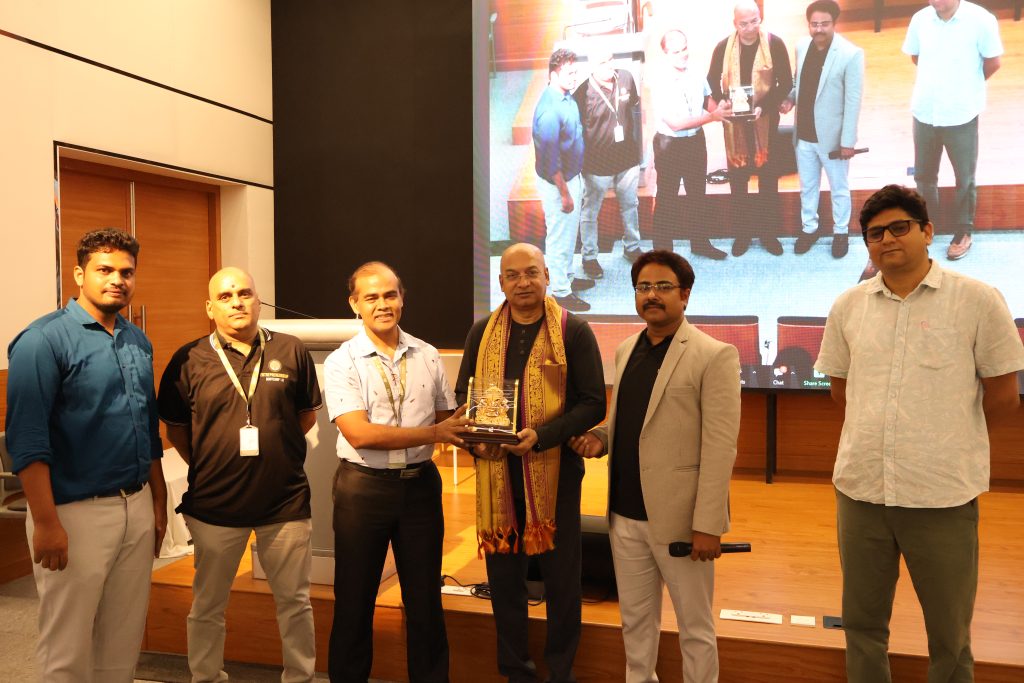
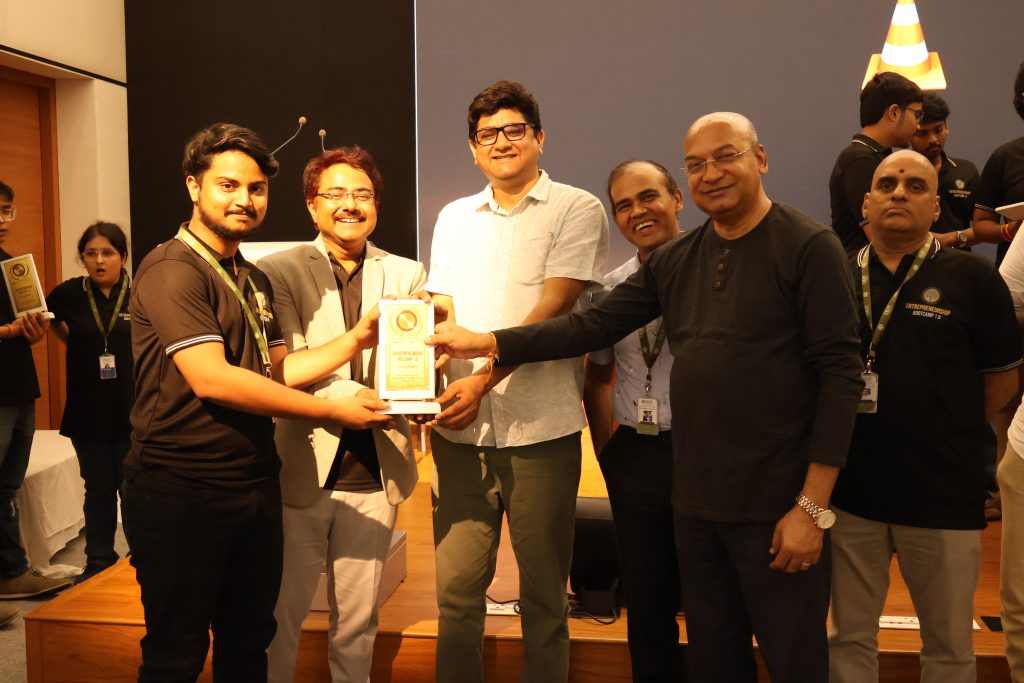
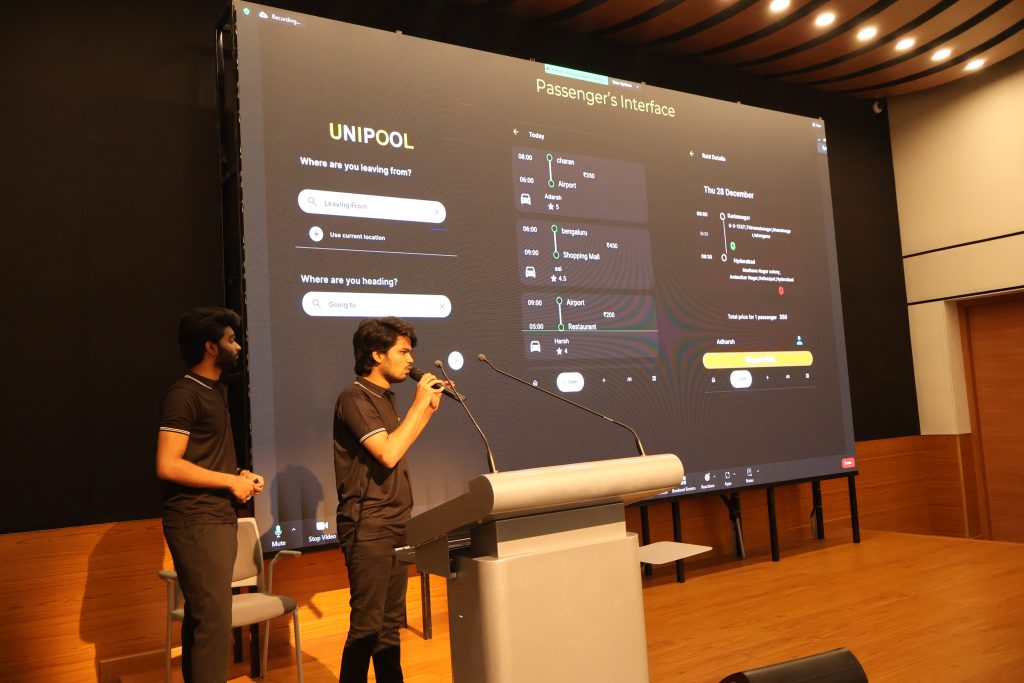
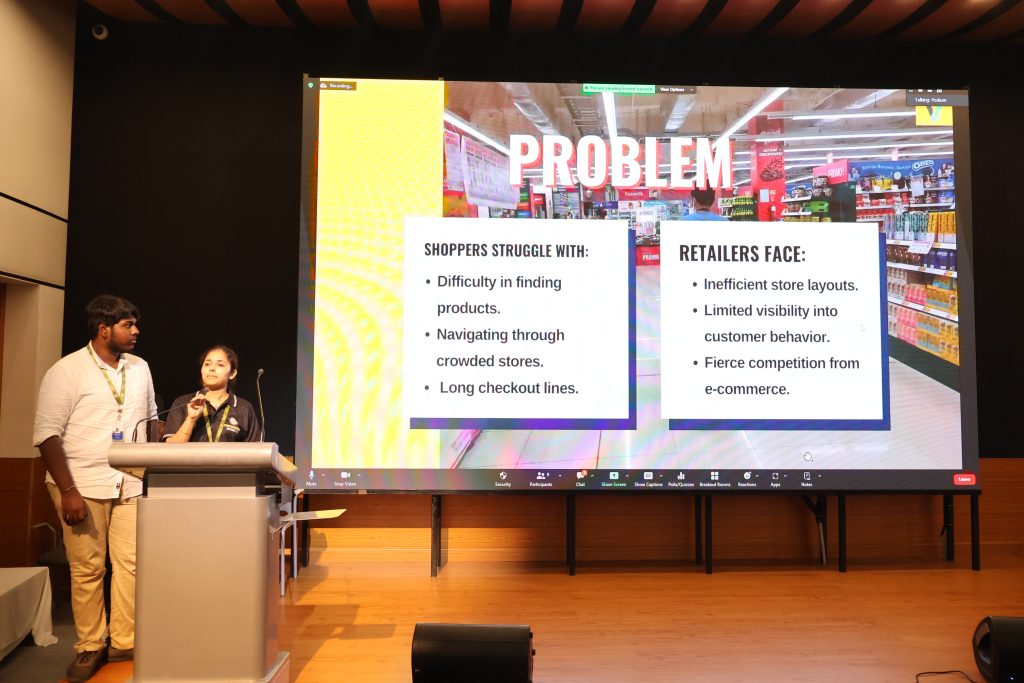
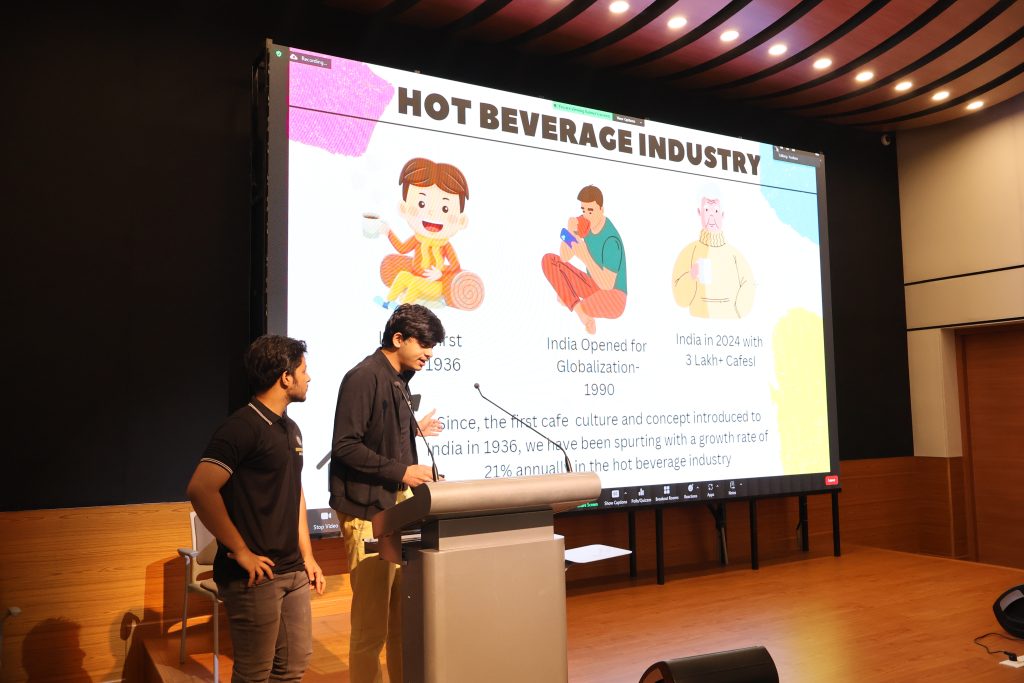
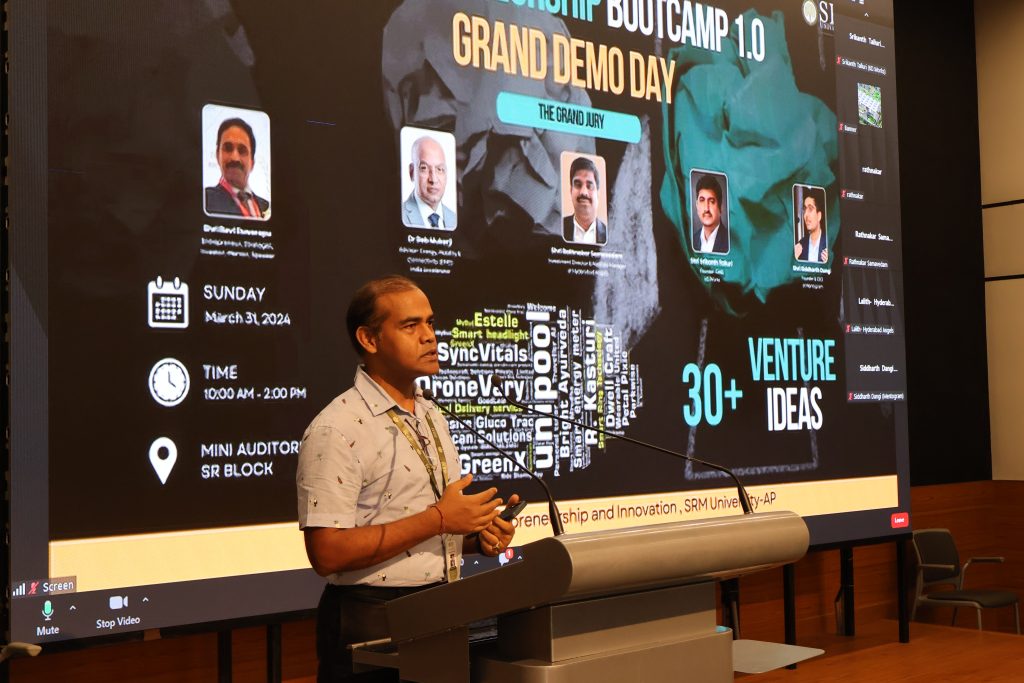
- Published in Departmental News, IDEA Events, IDEA NEWS, IDEA Workshop, News
Accelerated Academic Leadership Workshop
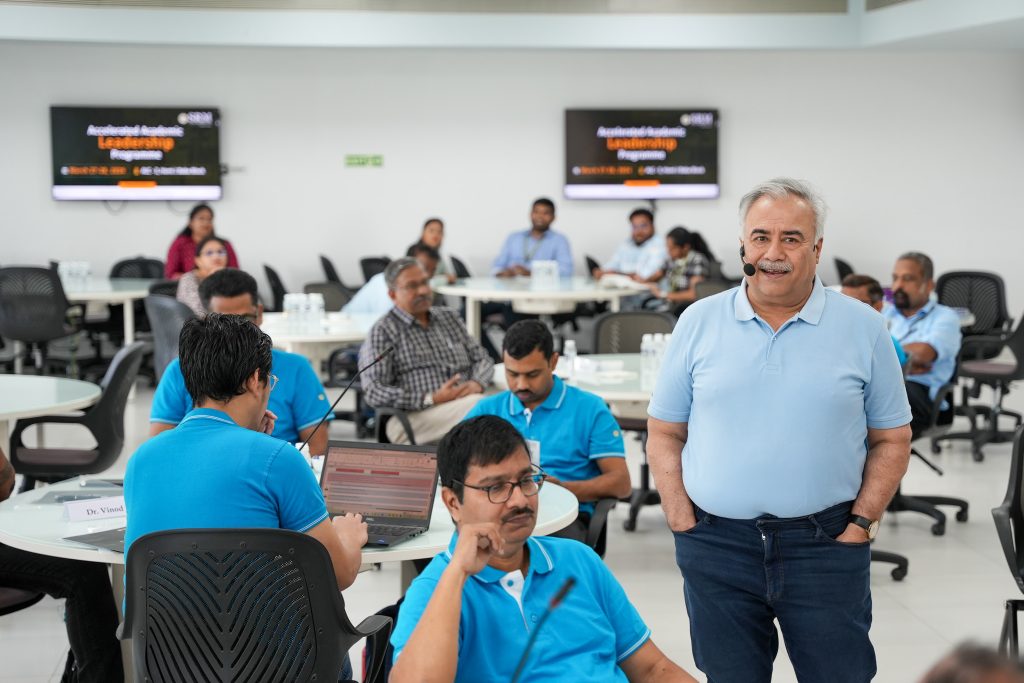
The Directorate of Human Resources organised a 2-day Accelerated Academic Leadership Programme 2024, on March 27 and 28, 2024, bringing together the academic community to align with the institute’s mission and strategic goals. This landmark event, organised in collaboration with People Business Consulting, has brought together Mr Kadapa Hanumantha Rao Muralidhar and Vinish Soman from People Business Consulting, Vice Chancellor Prof. Manoj K Arora, Registrar Dr R Premkumar R, Deans and Associate Deans of all schools and HoDs and faculty from all departments.
“Building on the foundation set by last year’s Alignment 360 Workshop, we are focused on achieving our strategic objectives for 2023-28. Our aim is not only to enhance operational excellence but also to foster individual and collective growth within our community of over 7,000 students and 300 faculty members. Our ambitious targets are to position SRM University-AP among the Top 30 universities in India by 2027-28. We are setting benchmarks that reflect our commitment to excellence and the development of our academic team,” said Prof. Manoj Arora.
Prof. Arora also commented on how the university is dedicated to nurturing a vibrant team of young professors, with an average age of 34, signifying the university’s belief in youthful innovation and dynamic leadership. He also spoke exclusively on SRM AP’s culture of continuous learning and growth, guided by 6 core values integral to our institutional ethos.
- Published in Departmental News, News, Workshop
INFINITUS 2024: 4-day National Level Techno-Cultural Fest Wraps Up in Style

INFINITUS-2024, a national level techno-cultural fest comes to a grand close. The 4-day fest highlighted SRM University-AP‘s commitment to fostering creativity, talent, inclusivity, and technological innovation where students showcased their talents, competed, learned, and thrived in an environment that celebrates diversity, unity, and boundless possibilities.
The national-level extravaganza was filled with an exhilarating journey of cultural activities including Western and classical music, dance, theatre performances, fashion walks, creative arts segments, quiz competitions, E-sports tournaments, photography contests, and interactive games such as “How I Met Your Murderer” and “Mouse Busters: Water Gun Battle that offered students a chance to immerse themselves in a whirlwind of inspiration. INFINITUS -2024 proved to be a magnificent learning platform, offering students opportunities to collaborate, network, and acquire 21st-century skills.
The event witnessed renowned Bollywood playback singer Neeti Mohan, Moksha Band, Haricharan, DJ Notorious, Telugu DJ, and stand-up comedian Mouli. The pro-shows attracted a crowd of over 6,000 attendees including students and participants from across the country.
Additionally, the event featured over 30+ food stalls, recreational games and activities, and a one of a kind automobile expo that showcased the exhibition of luxury cars on campus, further enriching the overall experience for attendees.
Director-Student Affairs, Mr Anil Kumar Nigam, in his address to the students, remarked, “Each competition, performance, and exhibit that was put up was a testament of hard work and passion,” as he congratulated the winners.
“In my eyes, each one of you is a winner today; the perseverance and commitment that you exhibited towards the making of INFINITUS is commendable. Keep the spark of innovation, creativity, and team spirit forever alive,” said Ms Revathi B, Associate Director – Student Affairs, as she addressed the gathering at the prize distribution ceremony.

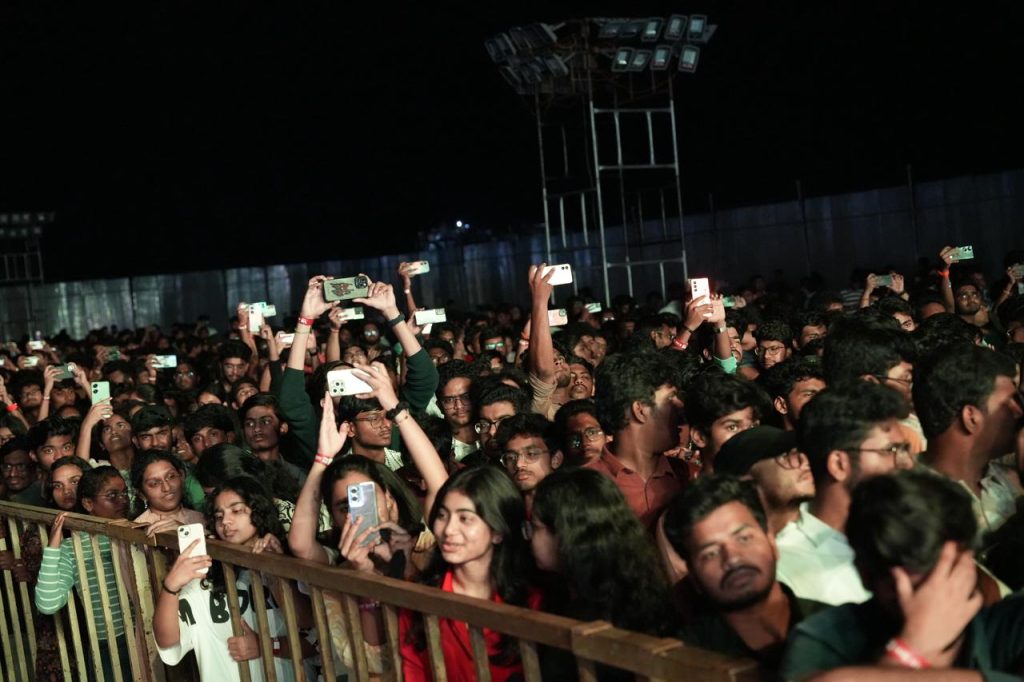
- Published in News, student affairs news
Leading the Next Generation of Creators and Innovators: Inauguration of Tech Fest 2024
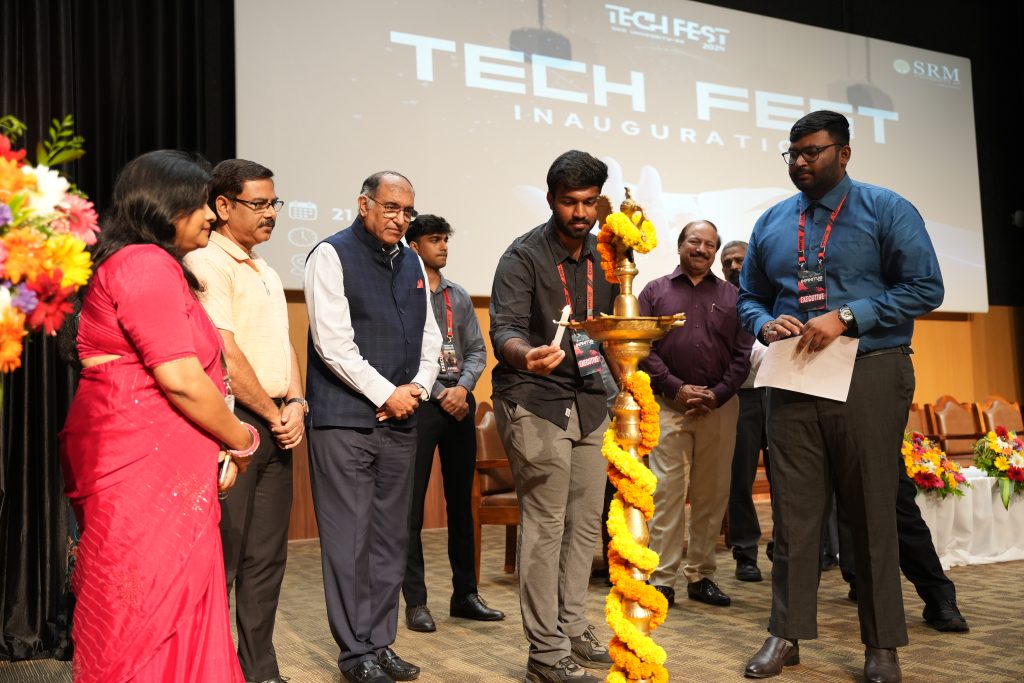
“Tech fests are your platform to explore, learn and thrive. Your spirit to compete and succeed is immaterial without learning, ” remarked Mr Sanjiv Bhavnani, distinguished guest at SRM University-AP Tech Fest 2024.
SRM University-AP kick starts its Tech Fest with glamour, zeal and endless exuberance. The student-led national fest, held from March 21-22, 2024, was inaugurated in the gracious presence of Guest of Honour, Mr Dinesh Dua, Executive Director on Board at Nectar Lifesciences Limited, esteemed guests, Mr Sanjiv Bhavnani, founder of Mentorpreneur & Infotecniques and Dr Deepak Pandit, Chair Professor – Innovation and Entrepreneurship, BML Munjal University, Vice Chancellor, Prof. Manoj K Arora, Registrar, Dr R Premkumar, Director-Student Affairs, Mr Anil Kumar Nigam, Chief Club Advisor, Dr Priyanka, Deans of different schools, leaders and representatives from the Student Council, and all students of the varsity.
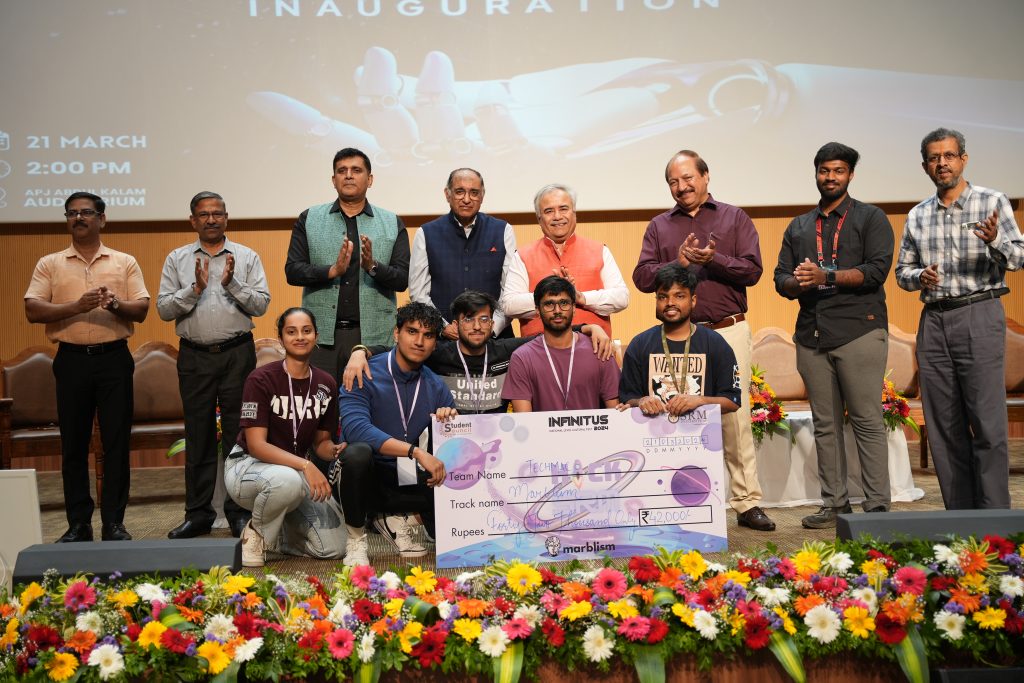
Vice Chancellor, Prof. Manoj K Arora stated in his welcome address that technical fests are magnificent learning platforms. He said, “This is your opportunity to collaborate, network and learn 21st-century skills such as creativity, critical thinking, and problem-solving leadership that will equip you to be the tech leaders of tomorrow.” Mr Dinesh Dua, Guest of Honour, encouraged budding students to take advantage of the upsurge of technology to recalibrate themselves to the new age of intelligence. He expressed his genuine delight in inaugurating the Tech Fest with an interactive discourse on Artificial Intelligence.
The thrilling university fest embarked on its two days of electrifying events and activities with a mega Hackathon challenge, “Hack SRM”, with a prize pool of Rs 4 Lakhs. The 24-hour hackathon challenge saw dynamic participation from colleges around the nation, with young techies from VIT-AP, Amrita Vishwa Vidyapeetham-Amaravati, SRM University Ramapuram, VISAT Maharashtra bagging the top prizes worth Rs 5000/-, Rs 10,000/-, Rs 40,000/- and Rs 50,000/-.
Tech Fest 2024 is the university’s testament to celebrating innovation, creativity, and boundless possibilities. The four-day fest features technical competitions, non-technical events, workshops, hackathons, ideathons and expos on every technology domain enhancing students’ learning experience.
- Published in News, student affairs news


